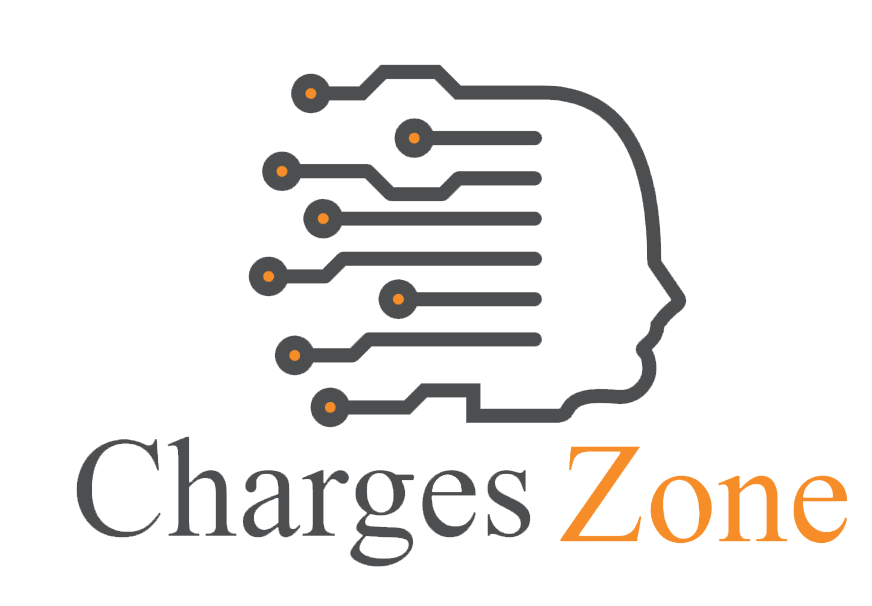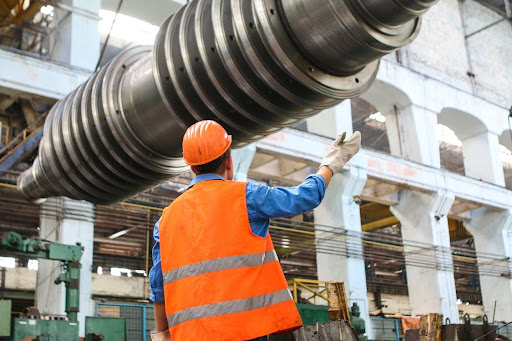Workplace Accidents and the Most Dangerous Industries in the Midwest
Workplace accidents are fairly common in theMidwest, but some job industries have a higher occurrence of accidents than others. Because of this, all employers in these industries are required to carry workers’ compensation insurance. This pays for expenses when employees are injured through no fault of their own. Here’s a look at seven of the most dangerous workplaces and industries in theMidwest.
#1: Agriculture, Farming, and Ranching
Agriculture, farming, and ranching are focused on providing food on both a small and large scale. They work with animals, heavy machinery, and dangerous chemicals at times. Their biggest risk of being injured on the job stems from heavy machinery and exposure to toxic chemicals. Heavy machinery can cause serious injuries and even death, while toxic chemicals can cause both immediate (e.g., burns, irritation, etc.) and delayed (e.g., breathing issues, cancer, etc.) injuries.
#2: Construction Work
Construction, without a doubt, is one of the most dangerous industries in the Midwest and all over the United States. Construction workers and contractors in related fields (i.e., bricklayers, electricians, plumbers, roofers, etc.) face many workplace hazards every day. Some of these hazards include:
- Slips, trips, and falls
- Falling objects
- Falling from a height
- Electrocution
Construction workers are also at risk of being struck by heavy machinery. Not only does this industry have a high number of workers’ compensation claims, but it also has a high number of work-related deaths.
#3: Delivery Drivers and Transportation
All transport-related occupations naturally put their workers at a higher risk of motor vehicle accidents since the “workplace” is on the road most of the time. Drivers of semi-trucks, specifically, are at risk for driver fatigue because they drive for extremely long periods of time. These workers are also at risk for slips, falls, and strains related to carrying heavy objects.
Another sector of transportation is the aircraft and flight engineering industry. However, their risk of injury related to transportation is considerably low compared to other workplace hazards. For example, a flight crew is at a higher risk of being injured from slips, trips, and/or falls, while flight engineers face the same hazards as construction workers.
#4: Logging, Fishing, and Hunting
Similar to agriculture/farming/ranching, this industry faces many of the same workplace hazards. They also face the issue of getting injured by heavy machinery. More specifically, loggers are at risk of being crushed by trees, fishers have a higher risk of drowning, and hunters have a greater risk of animal attacks. All of these occupations also work in extreme weather conditions.
#5: Mining
The mining industry is often forgotten, but it’s one of the most dangerous jobs in the world. Miners typically work underground in dark and extreme places, making the likelihood of an injury high. Their biggest workplace hazards include:
- Underground explosions
- Heavy machinery accidents
- Excavation collapses
#6: Refuse and Recyclable Material Collection
This industry is one that isn’t always associated with being one of the most hazardous. One of the most obvious hazards for waste collectors is being injured in a motor vehicle accident since they do operate motor vehicles. Many jobs within this industry also work with other types of heavy machinery, and there’s a risk of being injured by these machines as well.
Also, each individual is at risk of being struck by another vehicle while collecting waste. That’s why it’s important for all drivers on the road to be cautious when they see waste collectors. This is a preventable injury/death, so these workers are entitled to benefits when they contact a workers’ compensation lawyer.
#7: Steel and Iron
The steel and iron industry is pretty popular in theMidwest, particularly in Illinois and Indiana. This industry is also one of the most dangerous industries, with many hazards existing in the workplace every day. Iron and steel workers can be employed at a construction site, meaning they face the same hazards as construction workers. Others are employed in mills that manufacture iron and steel, and face the risk of being injured or killed by fires, explosions, and heavy machinery.
Although virtually all workplaces have a risk for some type of injury (e.g., bumps, bruises, papercuts, slips, trips, and falls), the seven industries listed above have the highest risk of both injury and death in the workplace. Fortunately, workers’ compensation insurance can help pay for lost wages, initial and ongoing treatment for injuries, and even funeral expenses if the workplace injury results in death.








